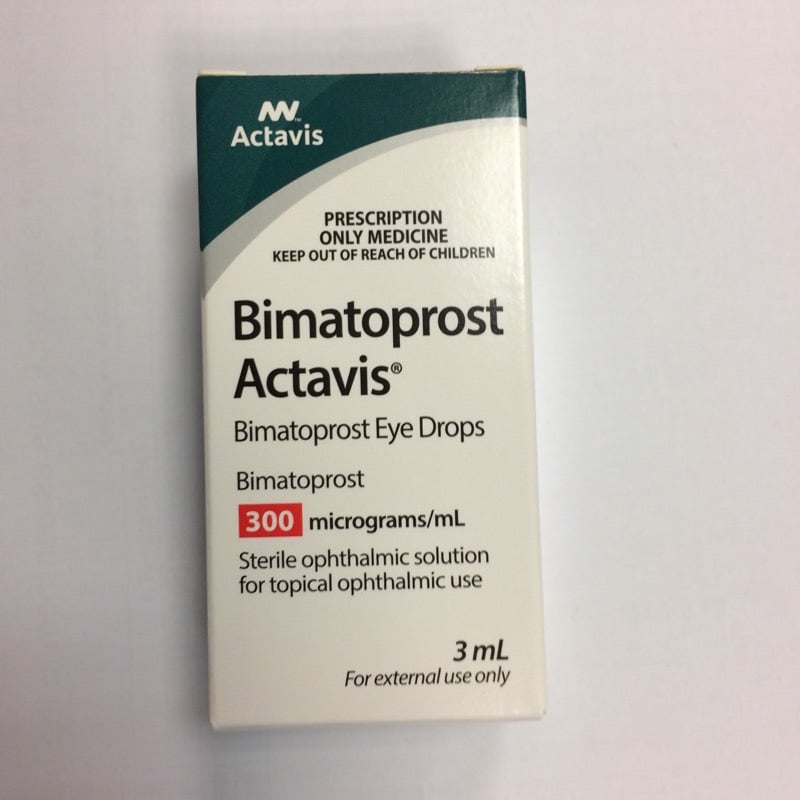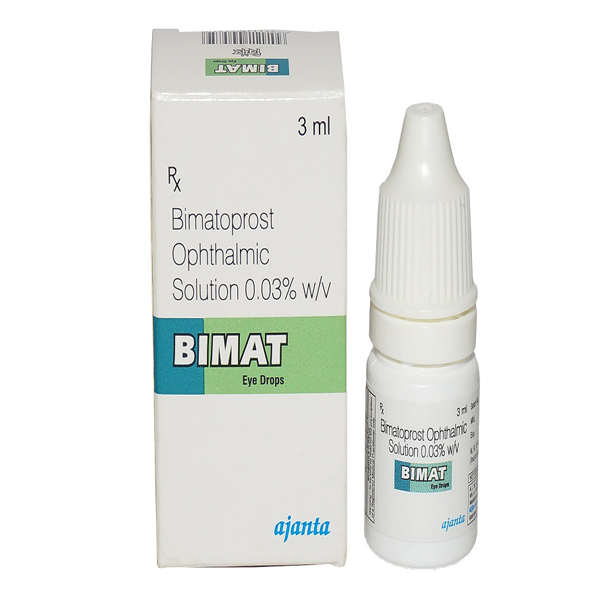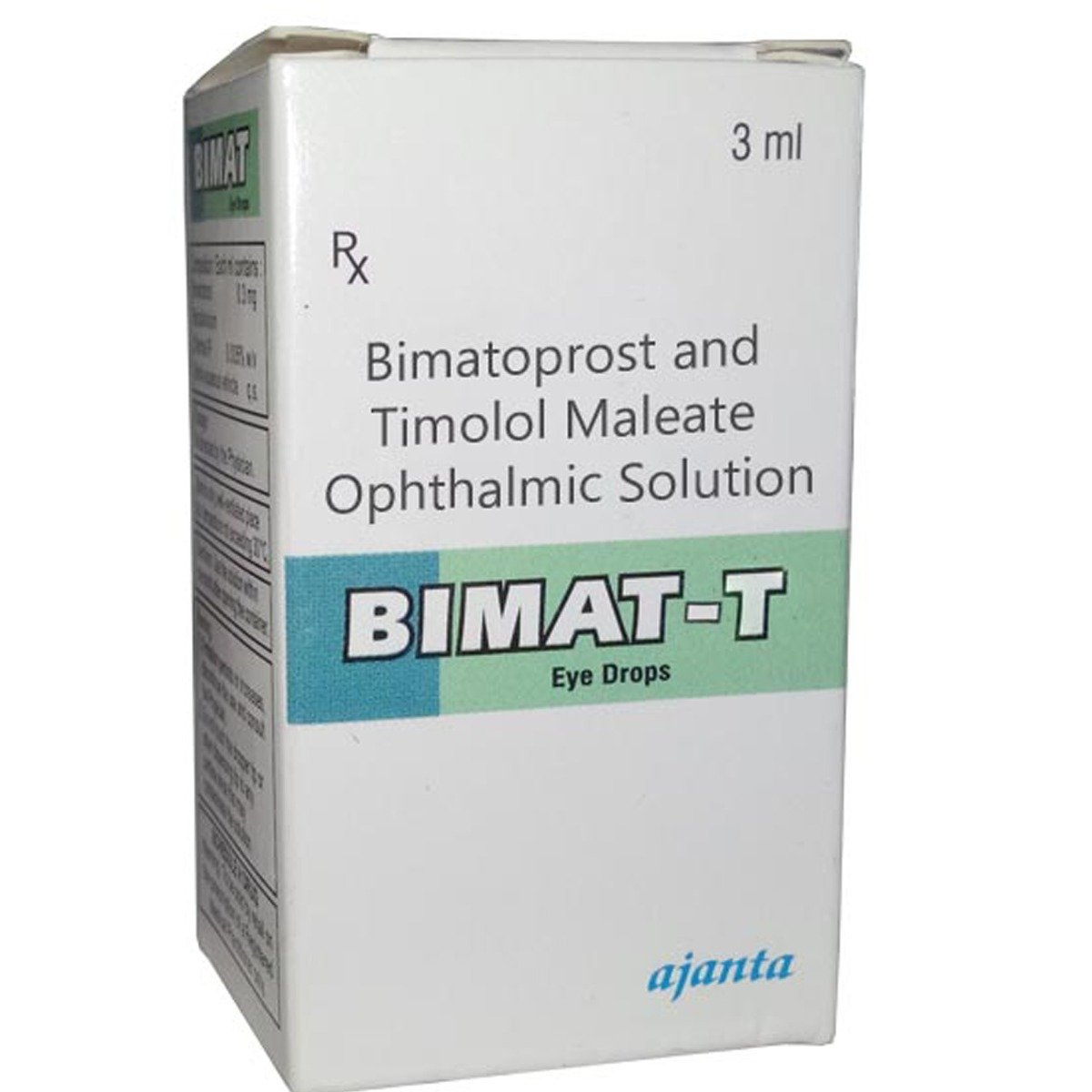An eye infection can occur when a microorganism like a virus, bacteria, or fungus comes in contact with the eye.
Eye infections can occur in one or both eyes at a time. Some commonly occurring types of eye infections include Conjunctivitis (pink eye), Keratitis, and Cellulitis.
An eye infection can manifest in different ways and lead to discomfort. But, recognizing the signs of eye infection can be a crucial step towards better eye health.
This article will discuss some common eye infection symptoms you can look for if you suspect an infection.
Symptoms of Eye Infection
An eye infection can affect different parts of the eye, such as the cornea, eyelid, or conjunctiva (a thin layer covering the eye’s white area).
Eye infection symptoms can show up differently depending on the part of the eye that the infection affects.
Some common symptoms include redness, irritation, eye discharge, and light sensitivity.
Let us discuss these symptoms in detail.
Irritation and Itching
A person may experience eye irritation when they have itchy or dry eyes. They may feel like there is something in the eye.
Eye irritation and itching can cause discomfort and prompt you to rub or scratch your eyes.
Buy your pack of artificial tears from Cheap Medicine Shop today!
Redness
 Source: DawnPoland
Source: DawnPolandEye redness is one of the most common symptoms of eye infection. The white area of the eye appears red and blood.
Conjunctivitis (pink eye) is the most common eye infection, particularly characterized by eye redness.
To explore more about pink eye and eye infection, read Pink Eye vs Eye Infection: How is Pink Eye Different From Other Eye Infections?
Swelling
Infections like Periorbital Cellulitis can cause eyelid swelling. The infection may also lead to swelling around the eye.
A more serious form of Periorbital Cellulitis is Orbital Cellulitis, which can also cause swelling.
Depending on the severity of the swelling, it can lead to vision problems.
Eye Discharge
Eye infections can cause different types of eye discharge. Depending on the infection’s type, this discharge may be watery, thick, yellow, or green.
Infections that may cause eye discharge include Keratitis, Blepharitis, and Conjunctivitis.
Blurred Vision
Many people experience blurred vision as a result of an eye infection. The vision may blur due to swelling of the eyelids or area around the eye or due to discharge.
Pain or Discomfort
One of the common fungal eye infection symptoms is eye pain. Eye infections may cause discomfort by causing a burning sensation and feeling that something is in the eye.
Light Sensitivity
Eye infections that can cause photophobia or light sensitivity include Conjunctivitis and Keratitiits.
Light sensitivity can make it difficult to focus, and it may be painful when the infected eye is exposed to light.
To understand the relation between eye pain and sensitivity to light, read Understanding the Connection Between Eye Pain and Sensitivity to Light.
How to Relieve Eye Infection Symptoms
 Source: stefanamer_from_Getty_Images
Source: stefanamer_from_Getty_ImagesTreatment of an eye infection depends on the underlying cause of the infection.
For bacterial infections such as bacterial pink eye, antibiotic eyedrops can relieve the symptoms.
Fungal eye infections require antifungal medications for effective treatment.
Viral infections, on the other hand, can resolve on their own within a few weeks with the help of home remedies.
Home remedies for eye infections may include warm compress and artificial tears.
You should note that antibiotics are ineffective in treating viral eye infections. Your healthcare provider may prescribe antivirals in case of a serious infection.
It is essential to consult a healthcare provider if you notice eye infection symptoms for proper treatment.
If you wish to learn more about eye infection treatment, read Eye Infection Treatment: How to Get Relief Quickly
Final Words
Eye infections occur due to microorganisms like viruses, bacteria, and fungi. They can cause discomfort and affect your ability to function normally in daily life.
Eye infection symptoms can show up in varied ways depending on the type of infection you have.
Some common symptoms include redness, eye discharge, blurry vision, light sensitivity, and more.
These symptoms can cause distress as they affect your vision and cause discomfort and eye pain.
Identifying these signs of eye infection can be a crucial step toward better eye health.
Consult an eye care specialist if you notice these eye infection symptoms. They may recommend eye drops or medications based on the type of eye infection.

Frequently Asked Questions
Are eye infections contagious?
Yes, some eye infections, like viral and bacterial Conjunctivitis, can be contagious.
It’s best to avoid close contact with others until the infection has cleared.
See our Recommendations
How can I prevent eye infections?
To reduce the risk of eye infections, maintain good hygiene, avoid sharing personal items, and protect your eyes from irritants and foreign objects.
See our Recommendations
Can I use over-the-counter eye drops for an eye infection?
Yes, you can use over-the-counter artificial tears to relieve symptoms like dryness and irritation. However, it’s advisable to consult a healthcare professional for a proper diagnosis and treatment.
See our Recommendations
What should I do if my eye infection symptoms worsen despite treatment?
If your symptoms worsen or don’t improve with treatment, contact your healthcare provider for a reevaluation and potential adjustment of your treatment plan.
See our Recommendations
Is it safe to wear makeup with an eye infection?
No, it’s generally not safe to wear makeup with an eye infection, as makeup can harbor bacteria and worsen the condition.
You should also replace any eye makeup used during the infection to prevent re-infection.
See our Recommendations
Cheap Medicine Shop only refers to credible, authoritative sources for our content. If you’re curious about how we ensure the integrity of our content, we encourage you to read our Content Information Policy.


















